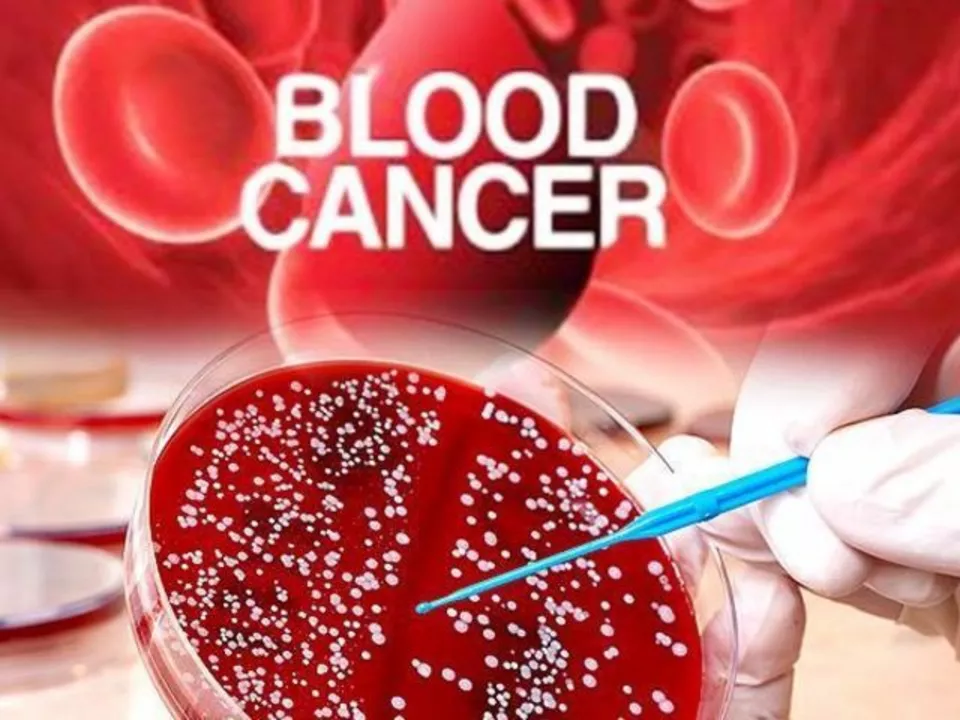Blood Cancer Basics – What You Need to Know
If you’ve heard “blood cancer” and felt confused, you’re not alone. Blood cancer isn’t a single disease; it’s a group of cancers that start in the blood‑forming tissues like bone marrow or the immune system. The three big families are leukemia, lymphoma and multiple myeloma. Knowing which one you’re dealing with helps you understand symptoms, tests and treatment choices.
Spotting Common Signs
Blood cancers often show up with vague signs that look like ordinary illnesses. Fatigue that won’t go away, frequent infections, bruising easily or unexplained weight loss are red flags. Some people notice swollen lymph nodes in the neck or underarms – that’s a typical sign of lymphoma. If you feel bone pain, especially in your back or ribs, it could point to multiple myeloma.
Because these symptoms overlap with many other conditions, don’t panic if you experience one or two. But if they linger for weeks, schedule a doctor visit and ask about blood tests.
How Doctors Diagnose Blood Cancer
The first step is usually a complete blood count (CBC). This simple test measures red cells, white cells and platelets. Abnormal numbers can hint at leukemia or lymphoma. If the CBC looks off, doctors often order a bone‑marrow biopsy – a tiny sample taken from your hipbone that’s examined under a microscope.
Imaging scans like PET or CT may be used to see if cancer has spread to organs or lymph nodes. For multiple myeloma, a special urine test looks for abnormal proteins called M‑spikes. All these tools together give doctors a clear picture of what type you have and how advanced it is.
Treatment Options in Plain English
Today’s blood‑cancer treatments are more targeted than they used to be. Chemotherapy remains common, especially for aggressive leukemias, but it’s often paired with newer drugs that home in on cancer cells while sparing healthy ones.
- Chemotherapy: Pills or IV drugs that kill fast‑growing cells. Side effects include nausea and hair loss, but doctors can manage them.
- Targeted therapy: Medicines like tyrosine‑kinase inhibitors block specific proteins cancer cells need to grow.
- Immunotherapy: Treatments such as CAR‑T cell therapy reprogram your own immune cells to attack the cancer.
- Stem‑cell transplant: High‑dose chemo wipes out diseased marrow, then healthy stem cells are infused to rebuild it.
- Radiation: Focused beams shrink tumors in specific areas, often used for lymphoma.
Your doctor will suggest a plan based on your cancer type, stage and overall health. Many patients combine several approaches to boost success rates.
Living With Blood Cancer – Practical Tips
Beyond medical care, everyday habits can help you feel better during treatment. Stay hydrated, eat protein‑rich foods like lean meat, beans or Greek yogurt, and keep a short walk in your daily routine if you’re able. Managing stress with simple breathing exercises or talking to a support group also makes a big difference.
Don’t ignore side effects – let your care team know about any new symptoms. They can adjust doses, prescribe anti‑nausea meds or suggest mouthwashes for sore gums.
Quick FAQs
Can blood cancer be cured? Some forms, especially certain leukemias in children, have cure rates above 80%. Others become chronic conditions that you manage long‑term.
Is diet a cause? No single food causes blood cancer. A balanced diet supports overall health but isn’t a direct prevention method.
How often are follow‑up tests needed? After initial treatment, most doctors schedule blood work every 3–6 months for the first couple of years, then yearly.
Understanding blood cancer helps you act faster and feel more in control. Keep these basics handy, ask your doctor questions, and remember that modern treatments give many people a solid chance at recovery.


